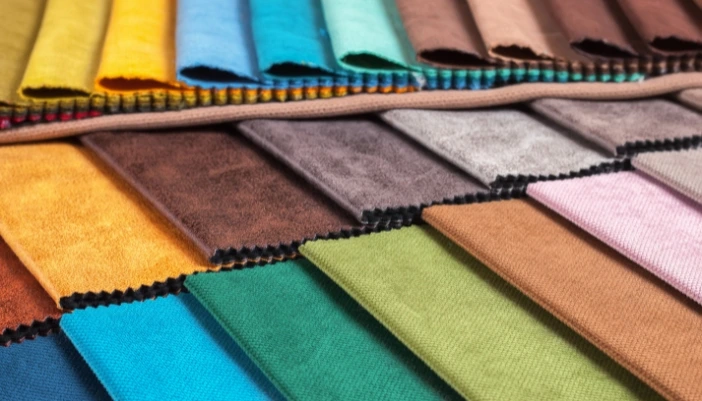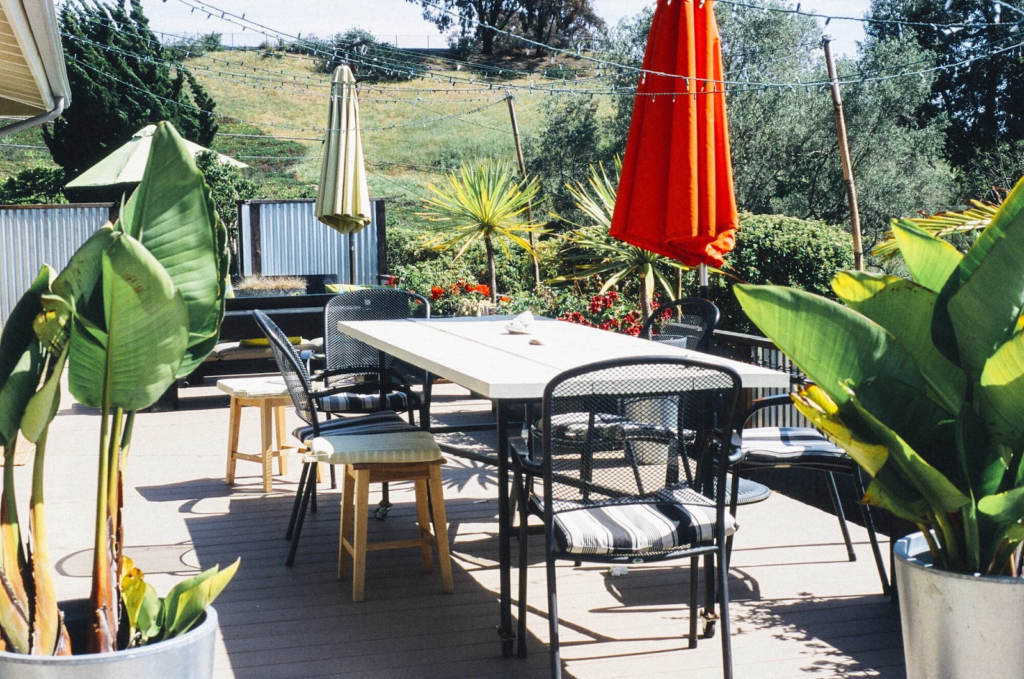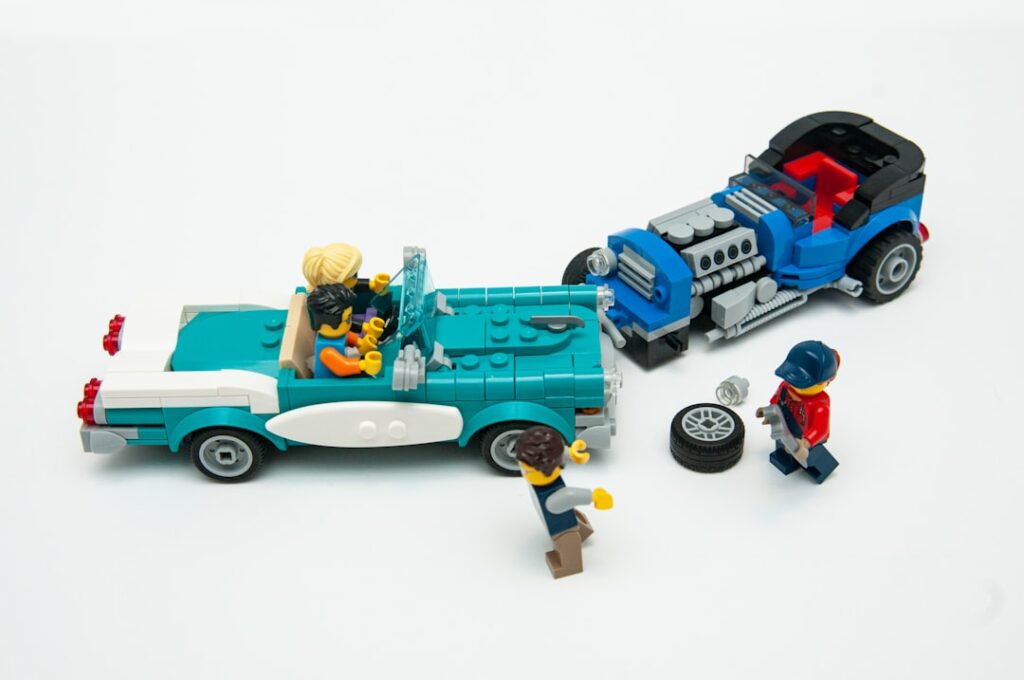Clothing isn’t just about what we wear, it’s about how it makes us feel. The right outfit can boost your confidence, help you express your personality, and make even the busiest day a little easier to manage. But when a piece doesn’t fit right or starts to lose shape after a few washes, it quickly turns from a favorite into a regret.
That’s why quality fabrics and inclusive fit matter so much. They’re not just fashion buzzwords, they’re the foundation of clothing that lasts, feels great, and celebrates every body type.
Let’s talk about why these two things make such a big difference, not just in style but in comfort, confidence, and sustainability.
The Power of Fabric: What You Wear, Wears You
We don’t always think about fabric when shopping for clothes. It’s easy to be drawn to color, cut, or trend but the fabric is what determines how long that piece will last and how it feels against your skin.
High-quality fabrics breathe more easily, move more smoothly, and age more gracefully. They’re the difference between a shirt that holds its shape for years and one that starts piling or fading after a few spins in the washing machine.
Natural fibers like cotton, linen, silk, and wool have stood the test of time for good reason. They allow airflow, adapt to body temperature, and offer a softness that synthetic fibers often can’t replicate. But that doesn’t mean all synthetics are bad blends like spandex or polyester can add stretch and durability when used thoughtfully. It’s about balance and intention.
You can see this principle everywhere from the construction of high-end furniture to the design of athletic shoes. Just as engineers rely on durable, flexible materials to build long-lasting bridges, fashion designers depend on quality textiles to build clothing that withstands real life.
Good fabric isn’t just a luxury, it’s an investment in comfort and longevity.
The Art (and Science) of a Great Fit
Everyone deserves clothes that make them feel confident, comfortable, and seen. Unfortunately, traditional fashion sizing hasn’t always reflected the real diversity of human bodies.
Inclusive fit goes beyond simply expanding size ranges. It’s about designing clothing that adapts to different shapes, proportions, and lifestyles. A thoughtfully cut dress, for example, should flatter both curvier and straighter figures. Pants should move with you — not against you — whether you’re sitting in an office chair or chasing after kids at the park.
Inclusive design also considers details like adjustable waistbands, varied lengths, and flexible fabrics that accommodate movement. It’s the difference between feeling squeezed into your outfit and feeling supported by it.
In many ways, inclusive fit mirrors progress in other industries. Consider the rise of ergonomic office chairs that support proper posture, or adjustable car seats that accommodate drivers of varying heights. The same principle applies to clothing: when design meets human diversity, comfort and confidence follow naturally.
Inclusive fashion reminds us that style isn’t one-size-fits-all and never should be.
Why Quality and Inclusivity Go Hand in Hand
When designers care about fabric and fit, they’re not just making better clothes they’re rethinking how fashion serves people. These two principles share a common goal: respect for the wearer.
High-quality fabrics ensure that a garment feels luxurious and lasts through daily wear and tear. Inclusive fit ensures that it makes you feel good every time you put it on. Together, they create rare clothing that actually supports your life, rather than restricting it.
Imagine slipping into a well-made linen blouse. It feels soft yet structured, breathable yet elegant. The shoulders sit perfectly, the hem hits just right, and you don’t need to tug or adjust it throughout the day. That’s a thoughtful design at work.
It’s also more sustainable. Clothing made from strong, ethically sourced fabrics doesn’t need to be replaced every season. When you invest in quality pieces that fit well and make you feel confident, you naturally buy less, reducing waste and helping to break the cycle of disposable fashion.
This shift toward durability and inclusivity is part of a larger global movement toward sustainable fashion, which focuses on reducing environmental impact and creating clothing that lasts. Designers, consumers, and communities are starting to realize that longevity is the ultimate expression of luxury.
If you want to explore how quality fabrics and inclusive fit come together in timeless, wearable designs, you can visit this link for inspiration and ideas on creating a wardrobe that celebrates both comfort and confidence.
The Emotional Side of Fashion That Lasts
There’s something deeply personal about finding clothes that fit well and feel right. When you discover a piece that’s made with care soft to the touch, flattering in the right places, and resilient enough to handle daily life it becomes more than clothing. It becomes part of your story.
You might remember the dress you wore on your first big presentation or the jeans that have been with you through every major life change. These garments hold memories because they were built to last not just physically, but emotionally.
Thoughtful clothing design respects that bond. It values how people connect with what they wear, recognizing that the best pieces aren’t about perfection they’re about comfort, confidence, and self-expression.
Fashion at its best doesn’t demand that we change ourselves to fit in. It adapts to who we are celebrating curves, heights, colors, and personalities. When clothes are made to fit you, rather than the other way around, they remind you that you belong just as you are.
How to Choose Better A Few Simple Tips
If you’re looking to make more thoughtful choices for your wardrobe, here are a few practical ways to start:
- Check the fabric content. Natural fibers or well-made blends last longer and feel more comfortable.
- Look for craftsmanship. Reinforced seams, smooth stitching, and quality buttons or zippers all indicate durability.
- Move in it. Don’t just stand in front of the mirror, sit, stretch, and walk. The best clothes move with you.
- Choose timeless designs. Versatile, classic pieces will always outlast fleeting trends.
- Support inclusive brands. Look for designers who celebrate diverse body types and offer styles for everyone.
These small decisions add up to a wardrobe that reflects your lifestyle and values one that’s built on intention, not impulse.
The Takeaway: Clothing That Cares
Fashion shouldn’t be about fitting in; it should be about feeling good. When we choose clothing made with quality fabrics and inclusive design, we’re not just dressing better we’re living better.
These choices create space for individuality, comfort, and confidence. They also remind us that what we wear has power not just to express who we are, but to influence how we see ourselves every day.
So next time you pick out a new piece, take a moment to feel the fabric, notice the details, and ask yourself: Does this make me feel like me? If the answer is yes, that’s fashion done right.






